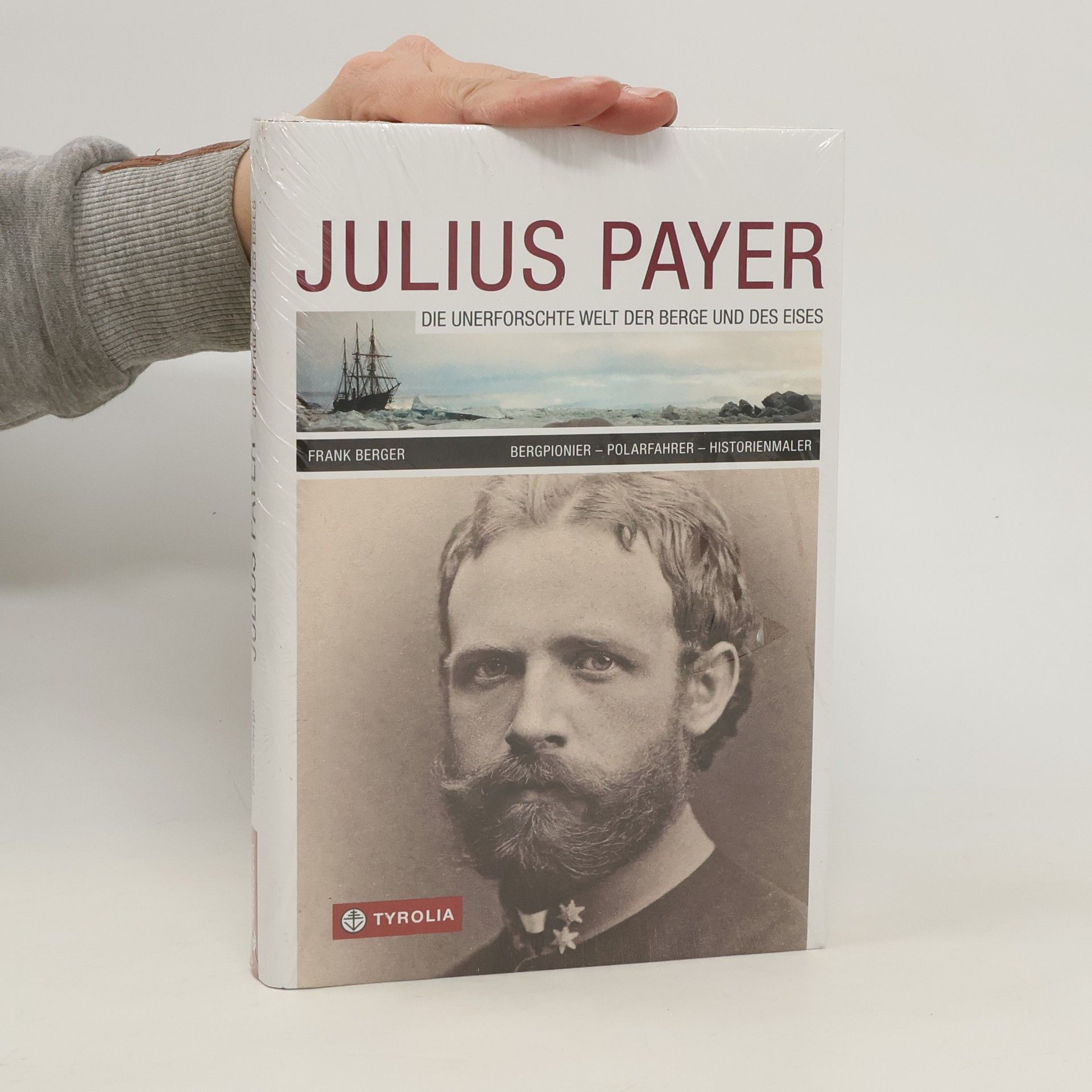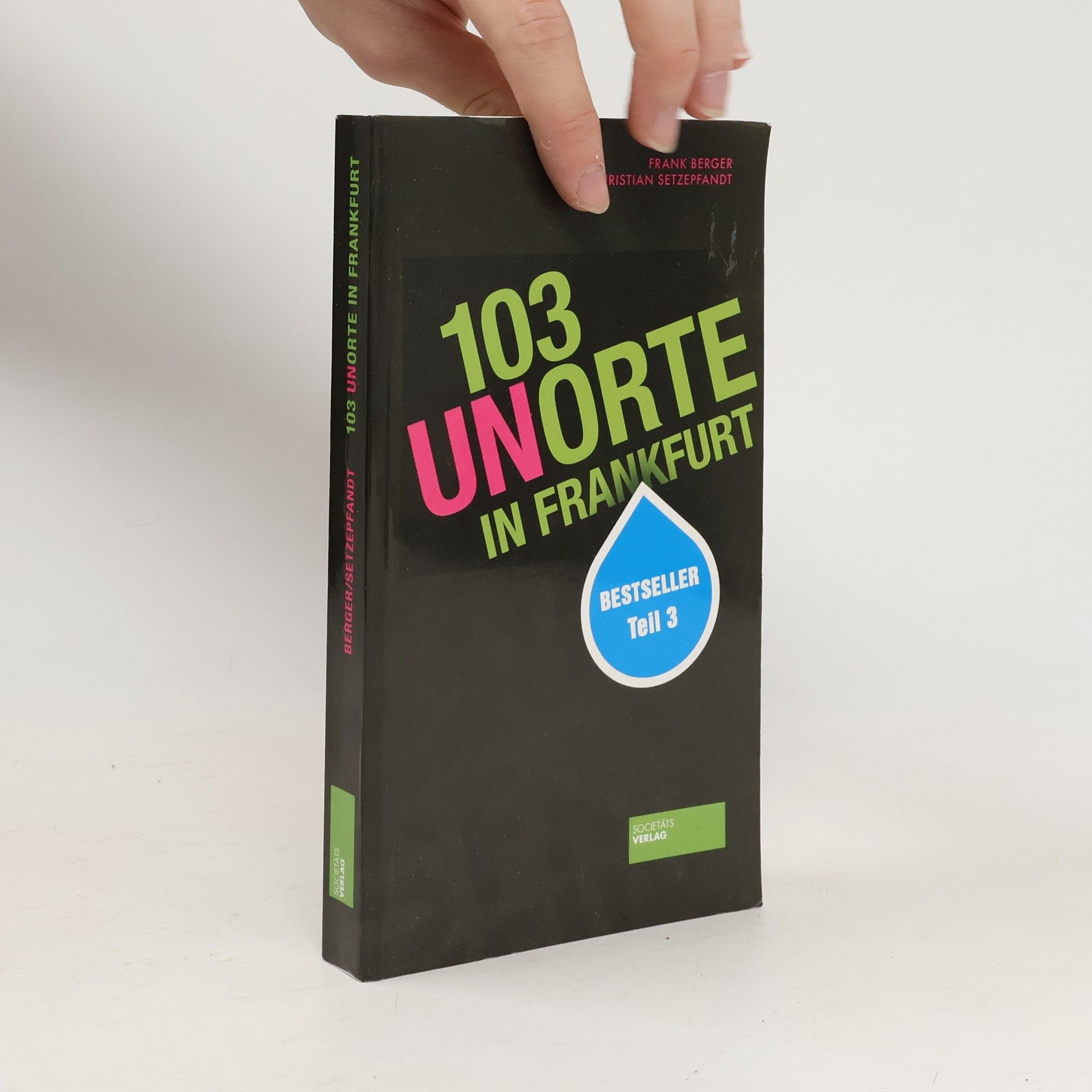Ungewöhnlich, unterschätzt, unentdeckt – hieß es damals auf dem Klappentext der Ausgabe des erfolgreichen ersten Bandes der 101 Unorte. Darauf folgten 102 und 103 Unorte – so viele verkommene, verruchte und unschöne Orte in einer Stadt, dass man sich kaum entscheiden konnte. Die beiden Autoren der Kultreihe haben sich nach über zehn Jahren nun noch einmal zusammengesetzt und führen in diesem Band die wirklich besten 101 Unorte Frankfurts zusammen. Vom AfE-Turm bis zum Pissoir am Osthafen, von der Adorno-Ampel bis zum Grüne-Soße-Denkmal – nur ein richtiger Unort verdient es in dieser Sammlung enthalten zu sein.
Frank Berger Book order
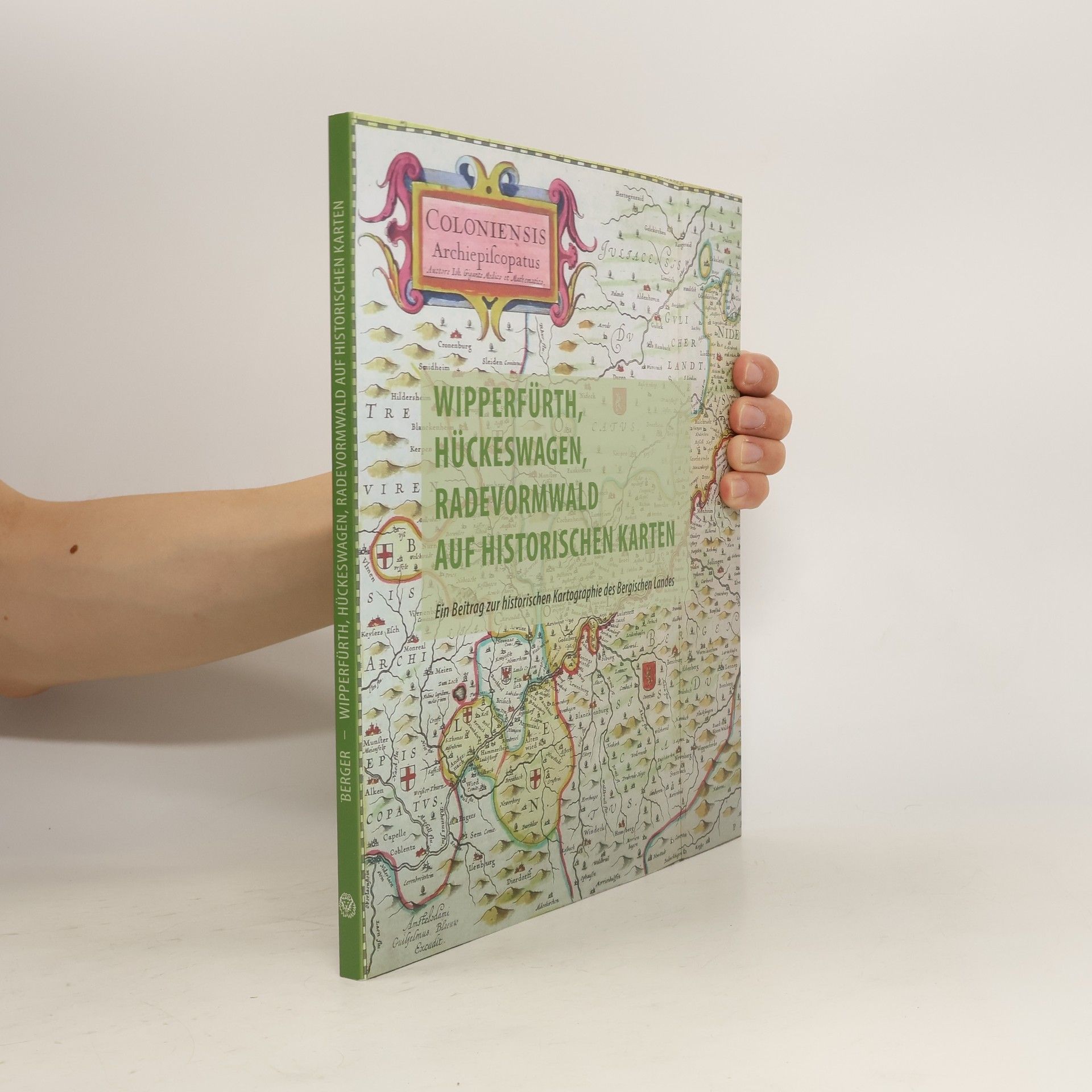
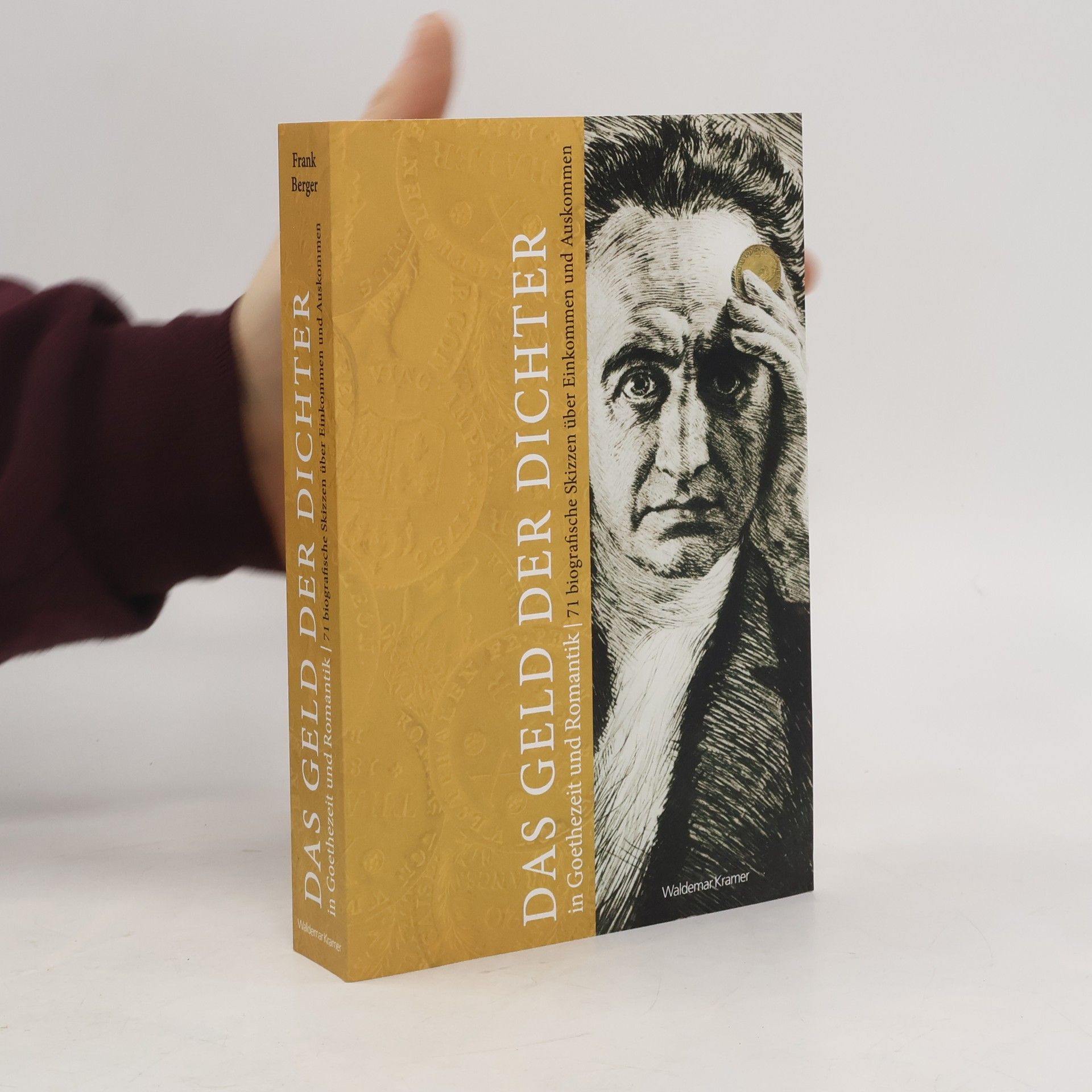
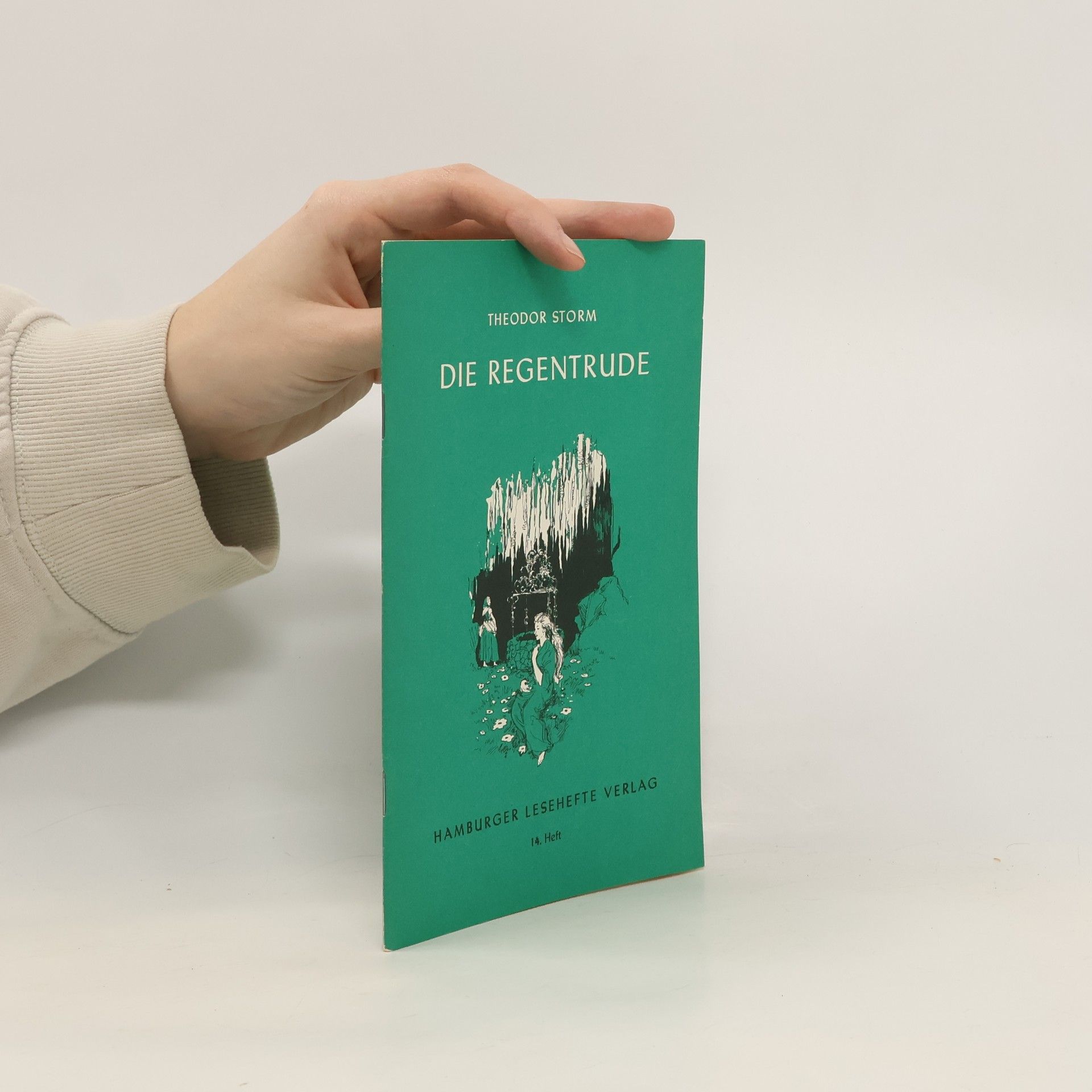



- 2023
- 2020
Das Geld der Dichter in Goethezeit und Romantik
- 351 pages
- 13 hours of reading
Zeit für einen Kassensturz: Waren die Poeten früher wirklich arm? Ließ sich in der Romantik etwa Geld mit Gedichten verdienen? Der Frankfurter Historiker Frank Berger ist diesen Fragen nachgegangen. Nach jahrelanger akribischer Forschungsarbeit erzählt er aus Briefen, Tagebüchern und anderen Quellen und berichtet über die finanziellen Angelegenheiten von über 70 Dichtern, Komponisten und anderen Künstlern aus der Zeit der Romantik. 0Ergänzend dazu hat er aufgrund umfangreicher Berechnungen erstmals die Grundlage dafür geschaffen, Geldbeträge des frühen 19. Jahrhunderts mit denjenigen der heutigen Zeit zu vergleichen ? eine Pionierarbeit. Absolut lesenswert
- 2016
Von Karl dem Großen bis Mario Draghi wurde in Frankfurt am Main über europäische Geldpolitik entschieden. Frankfurt war aufgrund der Reichsmessen ein wirtschaftliches Zentrum des Römischen Reiches deutscher Nation. 1585 entstand hier eine erste Wechselbörse. Heute ist die Stadt am Main die finanzielle Drehscheibe des europäischen Kontinents. Folgen Sie Frank Berger auf seinen Wegen zu allen wichtigen Frankfurter Orten, an denen das große Geld bewegt wurde oder heute noch bewegt wird. Traditionelle Geldorte wie die Börse, die Münzhäuser, Schatzfunde oder die Geschäftshäuser der großen Bankiers finden sich ebenso wie die glänzenden Türme und versteckten Nischen der gegenwärtigen Finanzeliten. Auch Falschgeld, Geldraub und allerlei weitere Skurrilitäten dürfen nicht fehlen. Das Buch folgt dem Schema unserer erfolgreichen 101er Reihe, ist also ein Stadtführer der etwas anderen Art!
- 2015
Julius Payer: Die unerforschte Welt der Berge und des Eises
- 267 pages
- 10 hours of reading
Die Berge, das Eis und die Finsternis Julius Payer gehört zu den größten und bedeutendsten Entdeckern Österreichs und zu den ganz wenigen österreichischen Polarfahrern von Weltrang. Sein bewegtes, spannendes und abenteuerliches Leben wird anlässlich seines 100. Todestages in dieser detailliert recherchierten und umfangreich bebilderten Biografie nachgezeichnet. Der im nordböhmischen Kurort Teplitz-Schönau geborene Payer war ein Mann mit vier Karrieren. Als Alpinist führte er innerhalb von fünf Jahren 21 Erstbesteigungen im Adamello-Presanella-Gebiet und 38 Erstbesteigungen im Ortler-Gebiet durch. Als Polarfahrer entdeckte er im Zuge einer spektakulären Expedition, die mehr als einmal auf des Messers Schneide stand, neue Gebiete in Nordostgrönland (1869/1870) und auf Franz-Josef-Land (1873/1874). Als Schriftsteller verfasste er die geografischen Grundlagenwerke zu fünf Gebieten der Ostalpen und landete mit seinem polaren Reisebericht einen österreichischen Bestseller des 19. Jahrhunderts. Als Historienmaler war er außerdem mit seinen Monumentalgemälden für kurze Zeit weltberühmt.
- 2014
Leipzig photographer Frank Berger brings together two projects, 'Traffic Assistants' (Shanghai 2008) and 'Theseus and Kentaur' (Vienna 2007) in this handsome slipcased two-volume set accompanying a museum exhibition. Comprised of extensive series of photographic images taken in a single setting, both projects depict variations of mundane dramas in identical frames. Shot in high-resolution on reversal color slide film and exhibited as projections, the pictures do not capture a unique moment, but (in exhibition) are presented in an endless loop of similar but layered images, a method that perhaps can be described as a gesture of insistence. Human figures become heroic subjects of contemplation in 'Theseus and Kentaur', or Chaplin-esque figures in 'Traffic Assistants', in which police in Shanghai try to control local traffic. Whatever the subject, the insistent look of the photographer transforms each setting into a visual stage, in which the static scenery outlasts the cast of characters.
- 2014
Traffic assistants
- 320 pages
- 12 hours of reading
Frank Berger has developed a photographic method which can be described as a gesture of insistence. He produces extensive series of photos of certain settings, in particular street scenes, that depict variations of similar, mundane constellations in almost identical framings, and which are yet significant to the photographer. Shot in high-resolution on reversal film, the pictures do not capture a unique moment, but rather insist on the workings of the optical unconscious of photography. This artist book brings together the series Traffic Assistants (Shanghai, 2008) and Theseus & Kentaur (Vienna, 2007). Human figures are shown in what appear to be opposing as the heroic subjects of artistic representation and touristic contemplation at the Vienna Museum of Fine Arts, and then again in a Chaplinesque choreography of assistant policemen in Shanghai trying to control the local traffic.
- 2013
Das ideales Geschenk für Freunde des „etwas anderen“ Frankfurts. Der große Erfolg der beiden ersten Teile hat uns zum Weitermachen animiert: Der dritte Band unserer beliebten Reihe zu Frankfurts unglaublichsten Orten und Unorten liegt vor. Frank Berger und Christian Setze - pfandt haben aus ihrem schier unerschöpflichen Vorrat weitere Unorte zutage gefördert und in „103 Unorte in Frankfurt“ auf gewohnt charmante und süffisante Weise kommentiert und zusammengestellt. Herausgekommen ist dabei erneut ein Stadtführer der ganz anderen Art, der verborgene Plätze und Stellen Frankfurts zeigt, die im Alltag kaum ins Bewusstsein dringen. Geschichte und Gegenwart sind deutlich „gegen den Strich gebürstet“, die Autoren versammeln erneut ein ganzes Kabinett ungewöhnlicher und skurriler Orte samt der zugehörigen Anekdoten. Ein Muss für alle Fans der Unorte-Reihe und ein ideales Geschenk für Freunde des „etwas anderen“ Frankfurts!
- 2011
Die schönsten und Plätze Frankfurts sind allseits bekannt. Sightseeing-Touren über den Römer, vorbei an der Paulskirche, dem Goethe-Haus und der Messe zeigen die Stadt im Herzen Europas von seiner berühmten und geschätzten Seite. Dass der Charakter der Stadt jedoch wesentlich facettenreicher ist, erfahren meist nur die, die einen Blick hinter die Fassade der renommierten Bankenmetropole riskieren. Mit diesem einzigartigen Buch lernen sowohl Einheimische als auch Besucher Frankfurt auf unvergessliche Weise kennen. Denn die hier präsentierten 101 Unorte Frankfurts sind unerwartet vielfältig und spannend: Der unbeliebte AFE-Turm, das unsaubere Pumpwerk Hinkelstein und die unbequeme Adorno-Ampel gehören ebenso zu Frankfurt wie das untadelige Wacker in Bornheim, der unterschätzte Städtische Weinberg und der unsterbliche Don Alfredo. Dabei begegnet der Leser u. a. dem Frankfurt-Hasser Otto von Bismarck, dem Stadtwald-Spaziergänger Felix Mendelsohn Bartholdy sowie dem Selbstmörder Bürgermeister Fellner. Von Oberrad bis zum Riedberg und von Fechenheim bis Höchst bleibt kein Winkel Frankfurts verborgen. Das reich bebilderte Buch lädt zu einer ungewöhnlichem Stadtbegehung ein.

